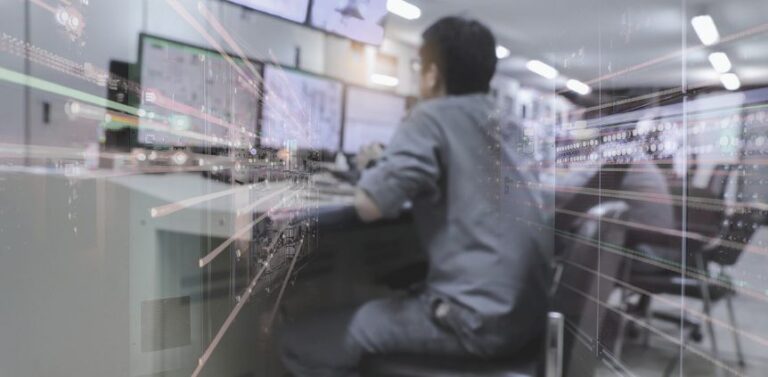Before starting down the path of studying to become an engineer, I studied forestry and worked for two summers as a fifth and sixth hand on paper machines. I enjoyed the sheer size of the equipment, the complexity of the operations, the volume of paper produced, and especially the interconnected system behavior of all of the separate “departments” or parts of the process in the facility to go from tree to newsprint.
While working in the field on North Vancouver Island surveying for new logging roads, I decided to give chemical engineering a try. Once I upgraded math and high school physics, I transferred to chemical engineering, where I ended up back in a pulp and paper mill for my work terms.
During my first work term, I used the historical time series operational data combined with correlations developed through sample data points from a lab to create a feed-forward control scheme that controlled the addition of nitrogen to the wastewater treatment facility based on the frequency, magnitude, and duration of the upset in the pulp and paper mill proper. Upsets or downtime in a pulp and paper mill result in waste paper and pulp that is recycled; however, the water used in the process will see a surge of biological and chemical oxygen demand during these instances. The wastewater treatment plant is a batch treatment plant designed to accommodate these surges, but the surges had been too large in the past, resulting in environmental infractions.
Essentially, the control room operator for the wastewater treatment plant had the job of ensuring the environmental responsibility of the organization, and he had zero insight into the facility that directly impacted his success.
So we fixed that, and it was fantastic to see the results and value that was (and still is) created in the day-to-day of the control room operators, as well as confidence in the organization’s environmental responsibility.
That’s the back story to the one many of you folks have heard before about the early days of CruxOCM working with Roger and training in the control room. The hands-on experience with the pulp and paper mill and the paper machines made my job as an engineer very intuitive on my work terms as an engineering student. I stubbornly assumed I should be able to train in the control room of the largest batched pipeline in the world because then I would be a much more useful engineer based on my experience to date at that point. And now we are here!
For more about the origin story, check out this month’s video blog!







